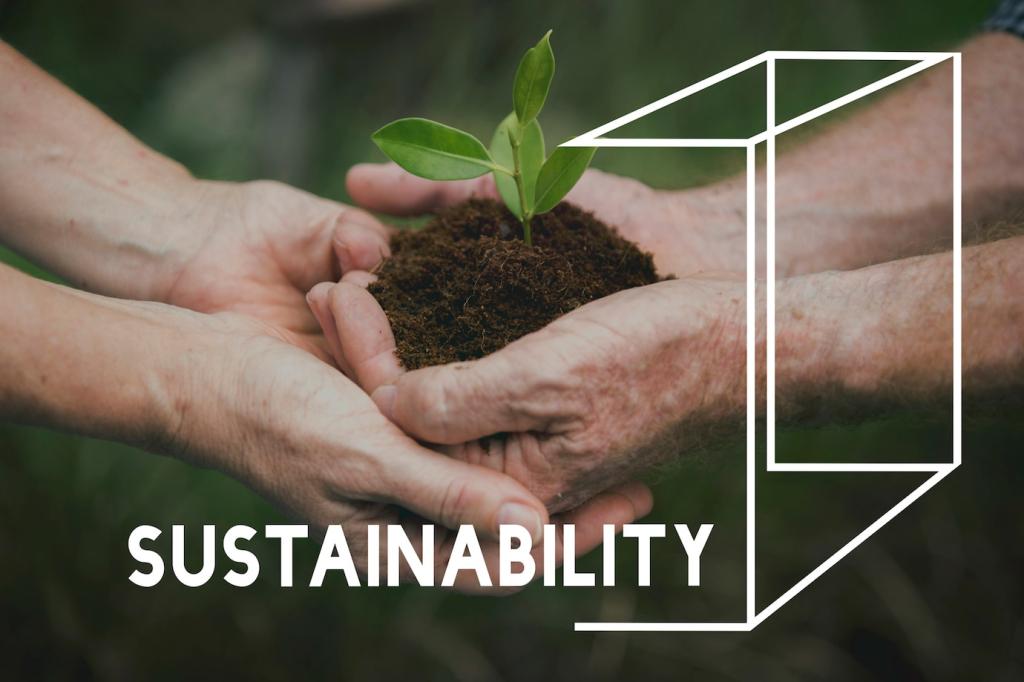Eco-Friendly Web Design Practices
Energy-Efficient Website Architecture
Lightweight Coding Practices
Choosing lightweight coding practices means writing clear, concise, and optimized code that minimizes bloat. Clean code improves site speed and ensures that servers aren’t overloaded with unnecessary processing tasks, directly decreasing energy consumption. Modern practices recommend stripping out unused libraries, compressing files, and preferring modern frameworks that allow for modular builds. This disciplined approach not only results in a more maintainable codebase but also means every site visit is less taxing on infrastructure—small efficiencies multiplied across millions of users create tangible environmental benefits.
Static Site Generation
Static site generators build websites that are served as pre-rendered files, significantly reducing the amount of server computation required with each page visit. Instead of generating content dynamically for every user, static sites simply serve flat files, which are much faster and need fewer resources to deliver. This approach reduces server-side processing, leading to energy savings and lighter environmental impact. Additionally, static sites often require less frequent requests to databases and other backend services, making them ideal for sustainability-focused projects looking to minimize resource usage.
Efficient Asset Management
Efficient asset management refers to the careful selection, optimization, and delivery of images, scripts, and other resources. Poor asset management can result in sites that are slow, data-heavy, and energy-intensive. By reducing file sizes through compression, serving only essential assets, and leveraging lazy loading where possible, designers can drastically lower the amount of data transferred and energy consumed. Thoughtful asset management not only benefits the planet but also improves user experience, particularly for visitors with slower connections or on mobile data plans.

Optimized Images and Media
Image Compression and Formats
Efficient image compression involves reducing file size while preserving visual quality, allowing pages to load with less data transfer. Using modern image formats such as WebP or AVIF offers better compression ratios than traditional formats like JPEG or PNG. Smaller images require less bandwidth and processing power, which collectively minimizes the energy drawn by users around the globe. Employing responsive image techniques ensures only the best-sized image is delivered for each device, further reducing inefficiencies.
Adaptive Video Streaming
Adaptive video streaming technologies deliver video content in resolutions and bitrates that match the viewer’s device and connection speed. This not only enhances the user experience but curtails unnecessary data transmission. Serving lower-quality streams when high definition isn’t needed or opting for audio-only tracks if the visual element isn’t important can massively decrease bandwidth consumption. Each byte saved equates to less strain on networks and the environment, especially on mobile and global-scale sites.
Lazy Loading Techniques
Lazy loading postpones the loading of images or videos until they are truly needed—such as when they appear in the user’s viewport. This means the initial page load is faster and less resource-intensive, conserving both energy and data. By loading only what is necessary in real-time, designers can prevent the waste incurred by loading assets that may never be viewed, which is especially relevant for image-heavy or long-scroll pages.
Previous slide
Next slide


Previous slide
Next slide

Mobile Optimization
Mobile optimization ensures sites are efficient and fully functional on smartphones and tablets, which generally have less processing power and are more energy-sensitive than desktop devices. By tailoring sites for mobile from the outset, designers reduce overall data usage and make sure interactive features work seamlessly on energy-efficient hardware. Proper mobile optimization prevents users from forcing unnecessary desktop resources, translating to a measurable reduction in the environmental impact of digital experiences.

Accessible Design Standards
Adhering to accessible design standards, such as those outlined by the WCAG, makes websites usable for people with disabilities, including those relying on screen readers or keyboard navigation. Accessibility often overlaps with efficiency, as clear navigation, semantic HTML, and optimized contrast all make for lighter and more streamlined code. As a result, accessible sites tend to be easier to parse for browsers, reducing computational overhead and energy use.

Cross-Device Compatibility
Cross-device compatibility ensures that websites look good and function as intended across a wide array of devices, screen resolutions, and browsers. By designing with flexibility in mind, developers minimize the need for device-specific code or heavy polyfills. This streamlining simplifies maintenance, reduces total code volume, and ensures that a single, efficient version of the site is all that is needed, cutting down on wasted resources across the entire system.

Measuring and Reducing Digital Carbon Footprint
Web carbon calculators are online tools that estimate the greenhouse gas emissions generated whenever someone visits a website. These tools analyze factors such as page size, energy sources of hosting providers, and number of requests to determine the site’s approximate carbon footprint per visitor. By regularly using these calculators, designers and site owners gain insights into which areas of their design or content offer the greatest opportunities for emission reduction, turning abstract sustainability goals into measurable outcomes.
